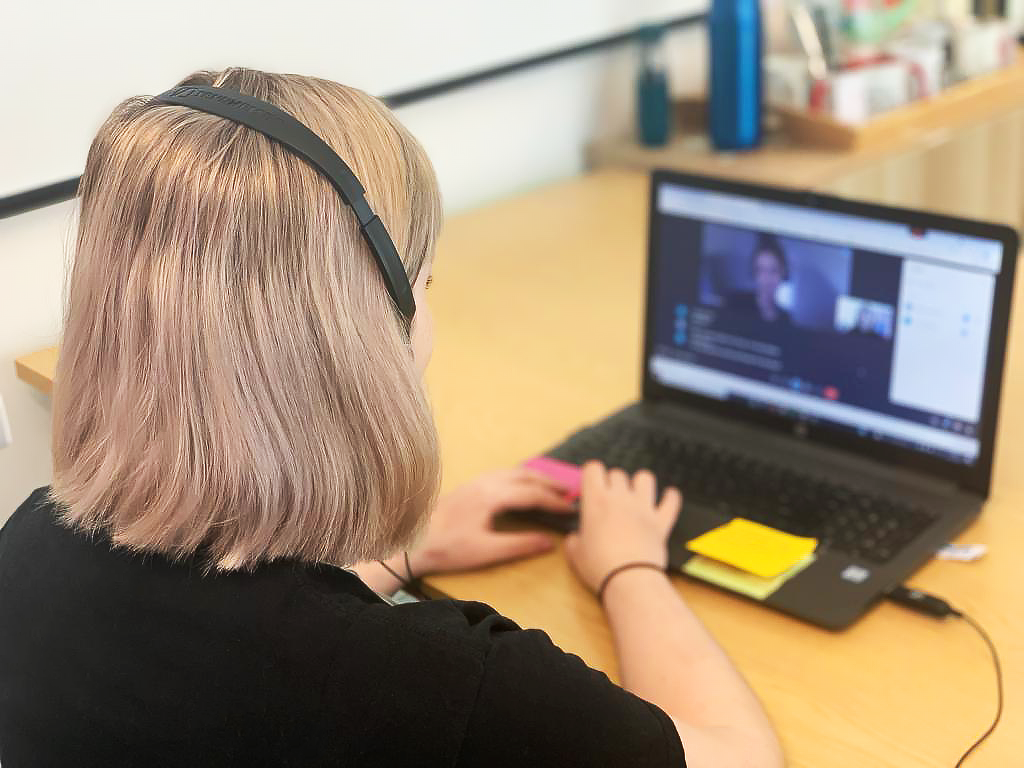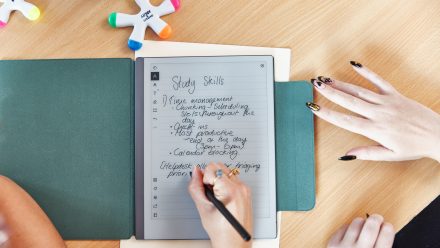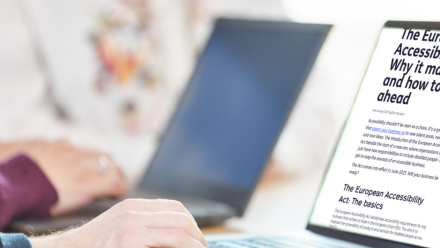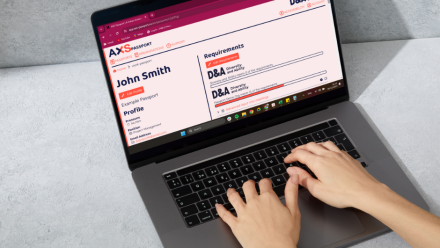The Future of Work: Ditching Pre-Pandemic Methods for Good
1st February 2022 by Brigit Colclough
Last week marked the end of the Plan B restrictions within the UK. Masks are no longer mandatory, and we’re urged to return to work and university. It’s clear that the world is desperate to return to ‘normal’.
Although the overwhelming difficulties faced over the last 2 years can’t be denied, this push for normality ignores the benefits and security that social distancing has brought. It’s important that we recognise the hypocrisy highlighted by 2 years of remote learning, and become wary of the ease at which accessibility can be erased.

Accessible accessibility
The COVID-19 crisis caused, and continued to cause, a global change to our daily lives. Uncertainty and turmoil have coloured our lives, in and out of universities.
Institutions were able to adapt to remote learning. Accessible resources, flexible hours, and assistive technology have all become a part of our daily language.
In so many ways, this was a welcome change. But it also meant that reasonable adjustments disabled people have long been fighting for, were rolled out seemingly effortlessly as soon as the concern of accessibility widened to include non-disabled people. Barriers, no longer dismissed as personal problems, were broken down as public obstacles. Between the first lockdown of March 2020 and now, remote working has been fine-tuned and proved itself as a valuable asset to all.
And it’s not just about remote working. Other adjustments include:
- In-person contact time moving to an online space
- Inaccessible physical spaces surrendered to the comfort of your own home
- Assistive technology presenting exciting opportunities, rather than dismissed as an unnecessary expense.
Accessibility barriers that have long been part and parcel of being a disabled person were provided solutions as if they had been there all along. These changes have been considered a triumph by the higher education sector. And there are certainly aspects of it to celebrate. But in doing so, we must acknowledge that previous barriers to inclusion were not down to practicality, but inclination.
Even if, and it’s a big if, we can overlook the blatant disablism this highlights, there can be no denying that amidst the panic, fear, and uncertainty, the pandemic has created a pocket of solace for disabled students and staff alike.
But what now? Can we be sure the accessibility created isn’t erased along with elbow-bumping and the Zoom pub quiz?
A blended approach?
The accessibility we have all learned to love has become threatened. The return to traditional in-person teaching leaves no space for adjustments. But what about the blended approach?
Blended learning seems to offer a balance between the digital revolution and traditional campus-based education. In essence, blending the old with the new. A return to in-person teaching alongside recorded lectures and multi-format resources.
This gives us the possibility for universities to rise from the ashes of the pandemic, ablaze with barrier-removing potential. Universities have come to realise that, as with what they teach, how they teach much evolve with the times.
Student choice is a key principle in the higher education sector, so a blended approach appears to be a winner.
But it would be unwise to suggest that this is the solution to the growing danger disabled people find themselves in. The years of out-of-use recording devices and uncaptioned videos show that just because the technology is there, doesn’t mean it’s used. Universities must be careful their courses stay accessible. Adjustments need to be seen in equal stead, rather than treated as additions.
A fresh start
History has shown the needs of the few (if you can call 14.1 million ‘few’) given up for the convenience of the many. Disabled people have strived and struggled and come to realise that real inclusion cannot be introduced to a space. That space must be overturned and recreated.
COVID-19 has created an opportunity for revolution; a chance to reinvent the educational space in a way that is inclusive and accessible. Universities have the opportunity to create lasting and genuine change for future generations. Why frame the conversation around returning to ‘normal’, when we have the chance to recognise disability and neurodiversity as standard? Something to be expected and celebrated, rather than viewed with apprehension?
We can only bring true inclusion into reach by breaking the cycle of disablism and exclusion. And what better opportunity than this, the return from a nationwide halt on traditional education?
Perhaps this worldwide upheaval has created a much-needed space to reassess what steps we need to take to level the educational playing field. Let’s make a clean break for a fresh start.
Ready to learn how to make your organisation’s way of working more long-term and sustainable? Read up on our services.


